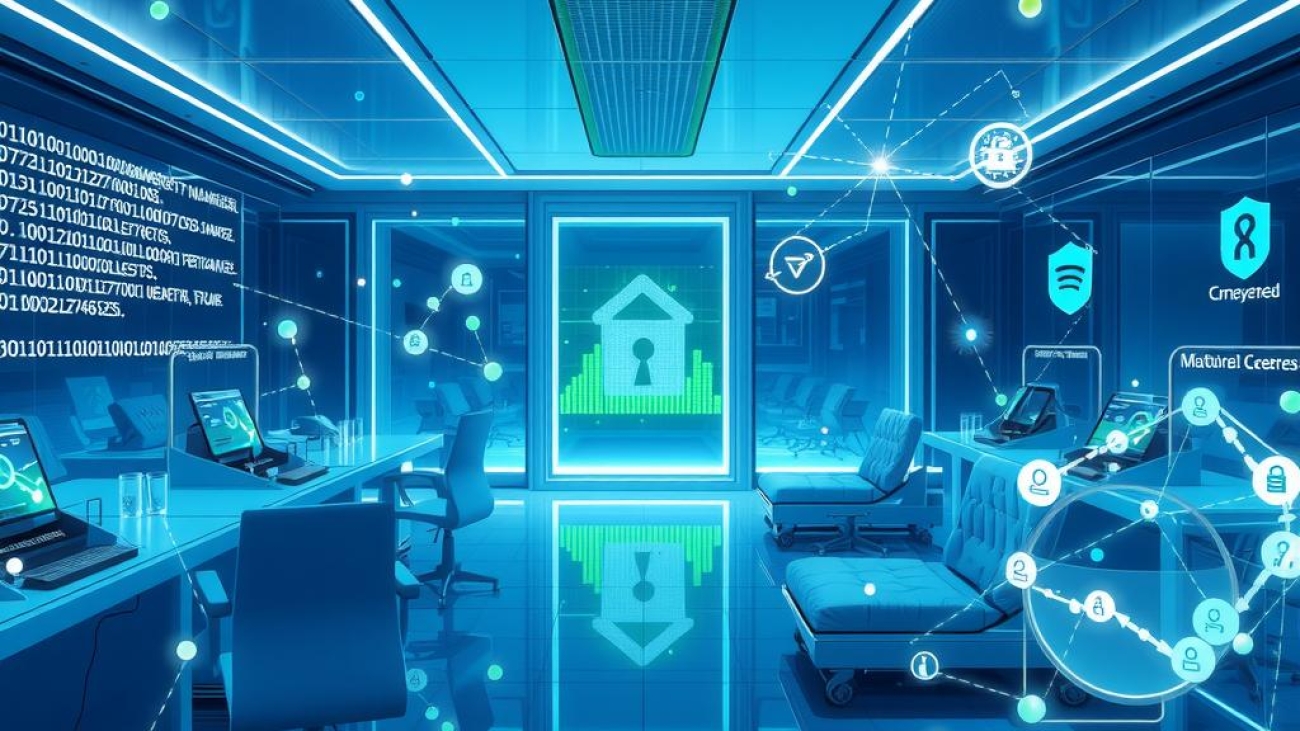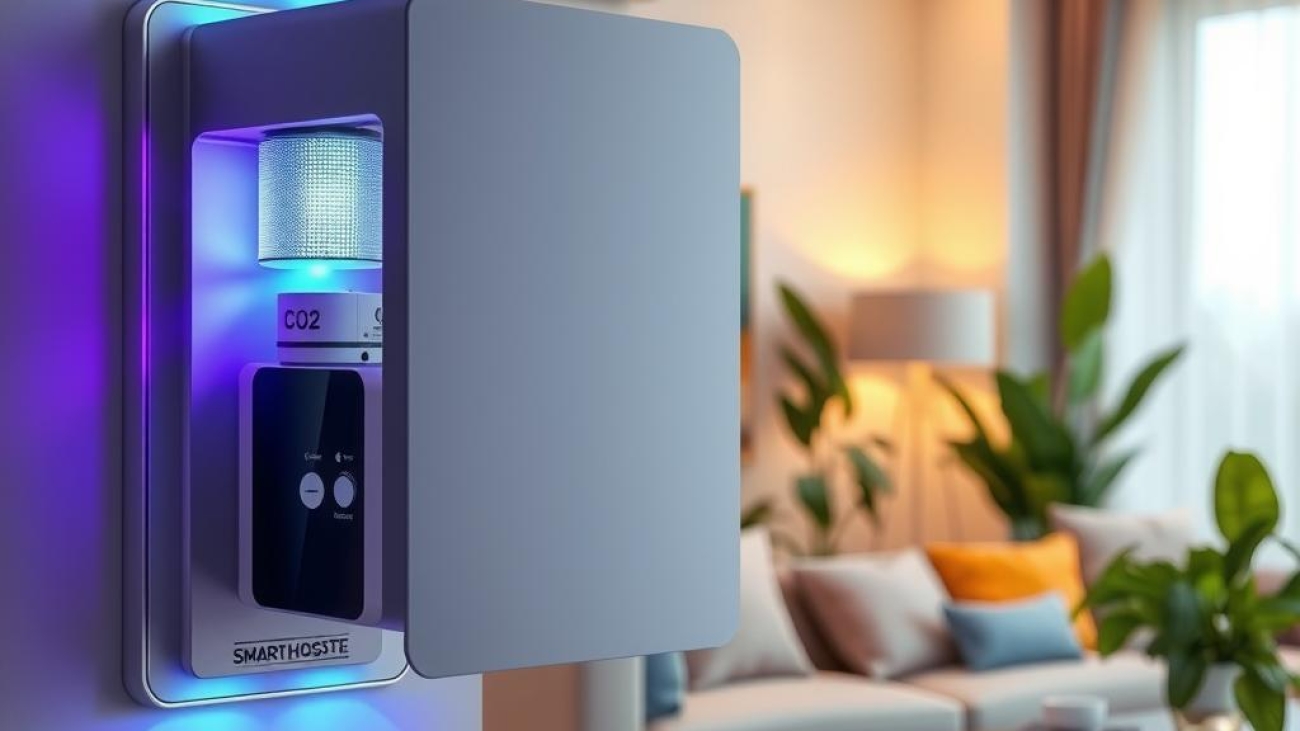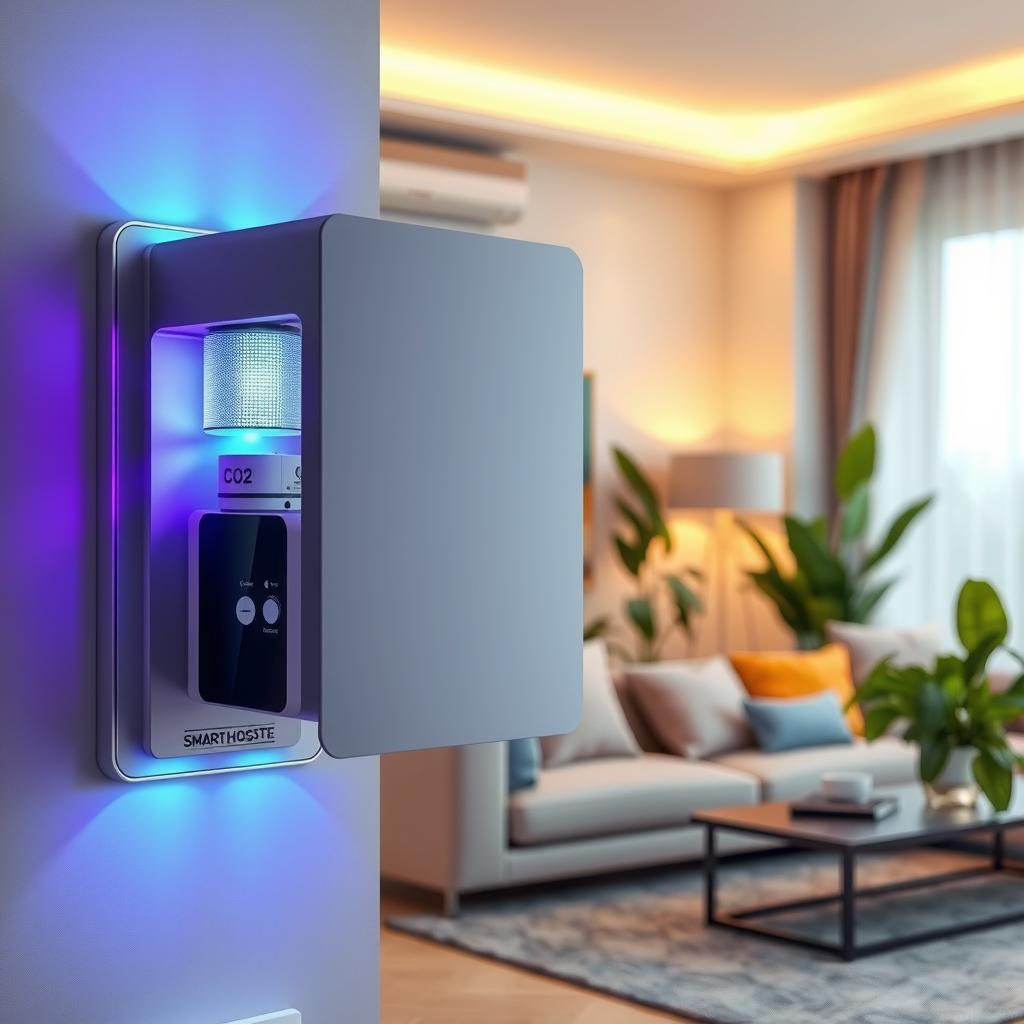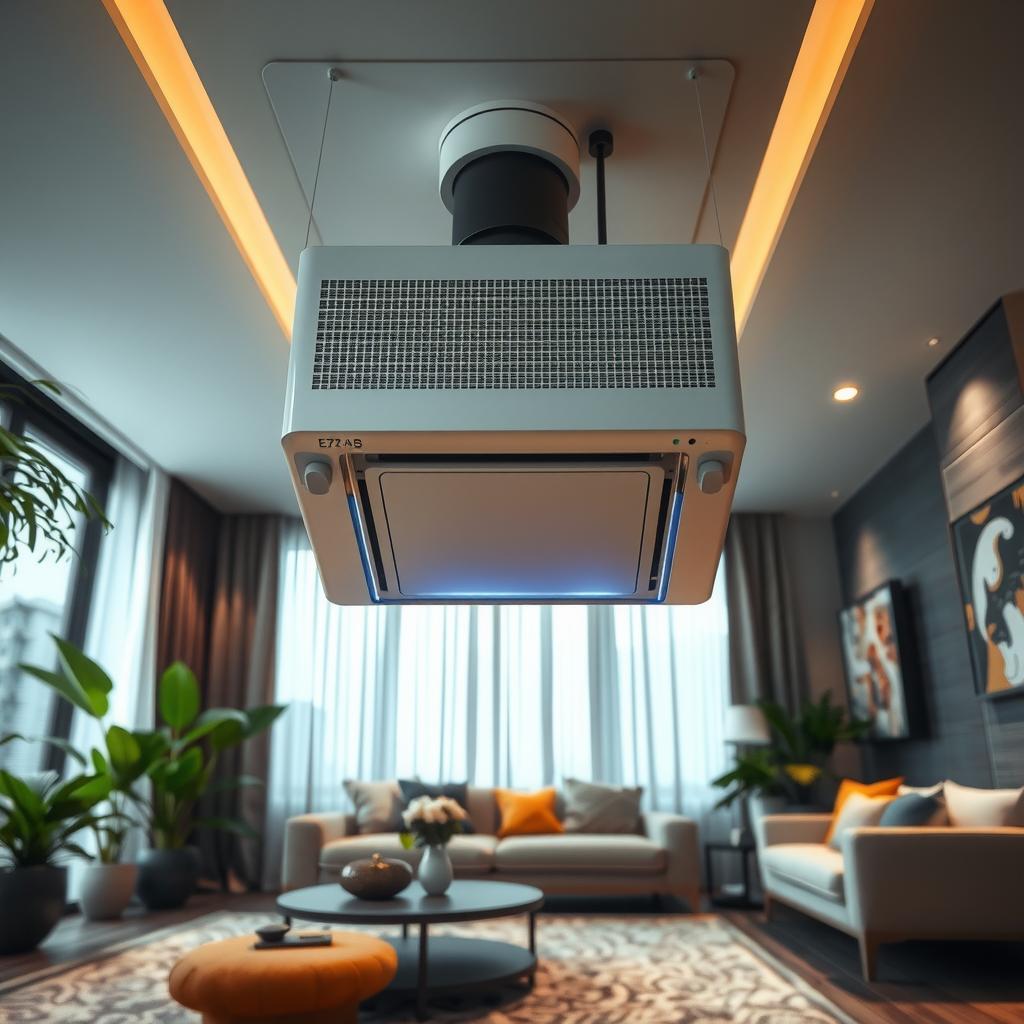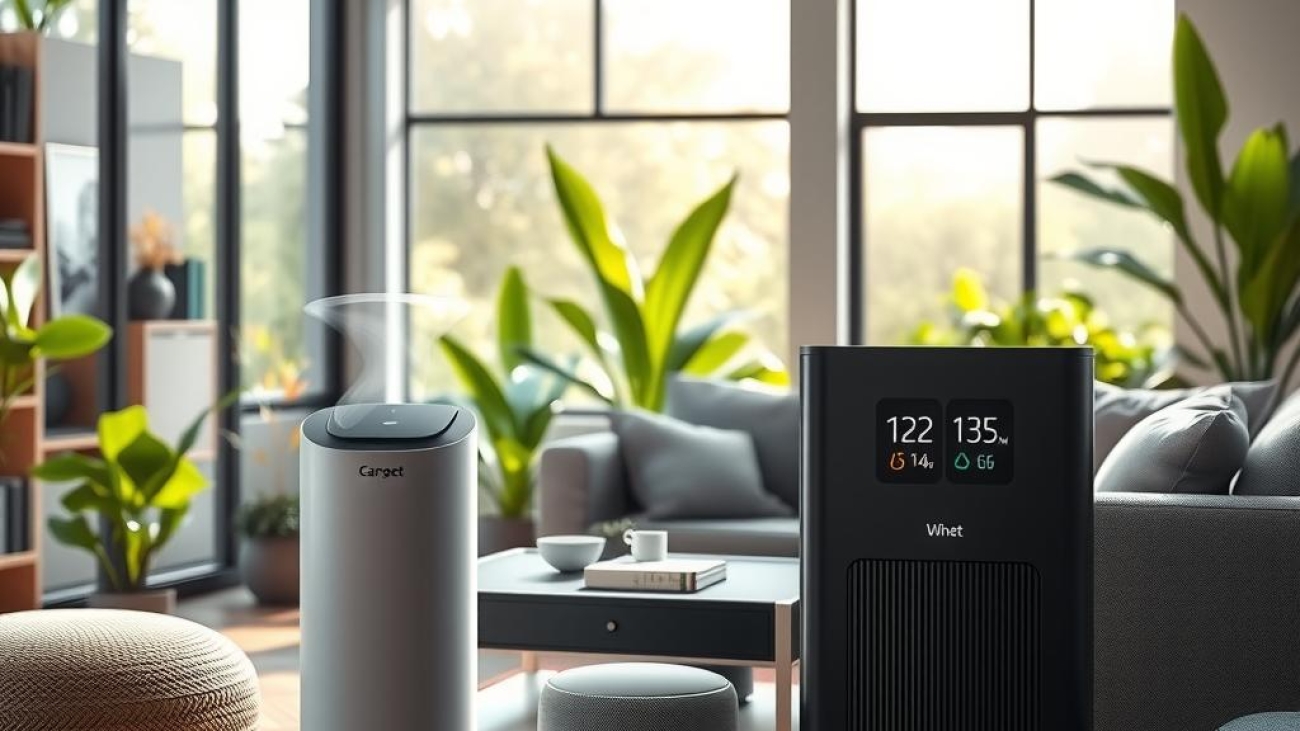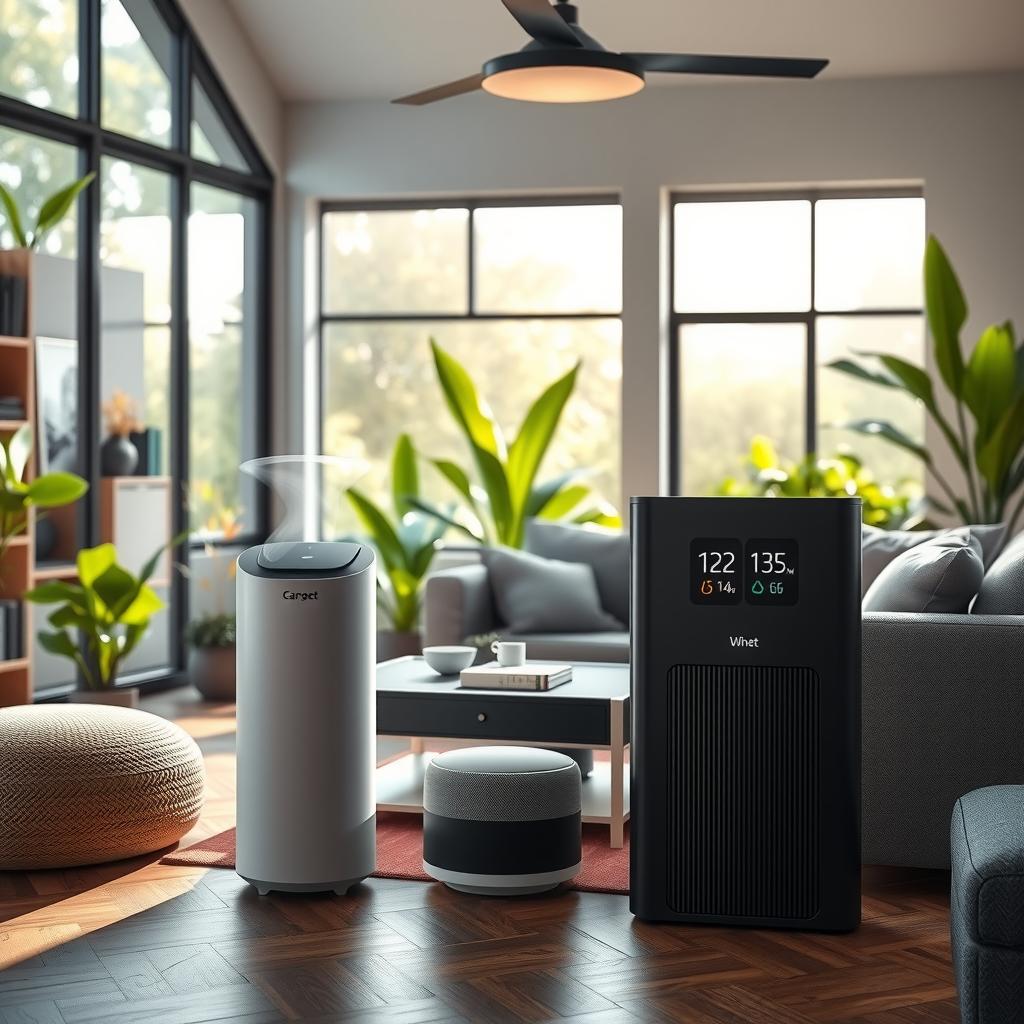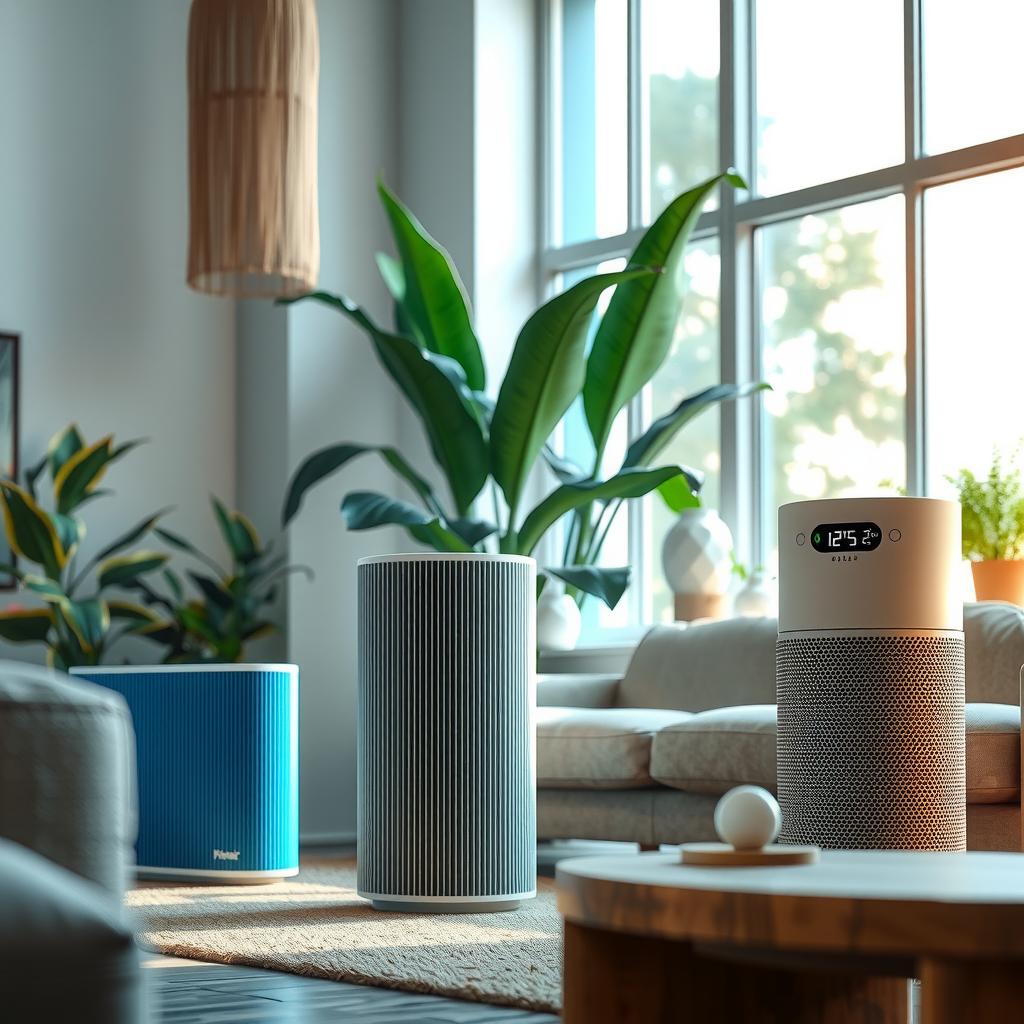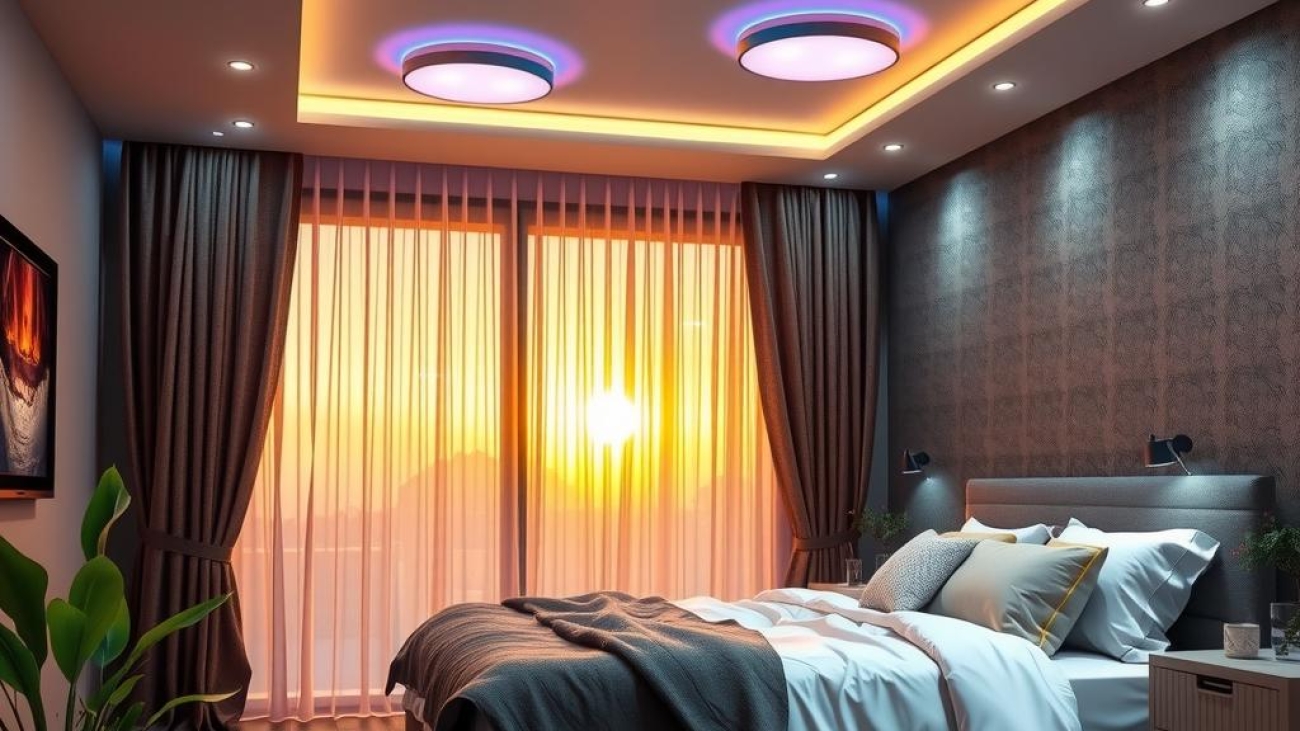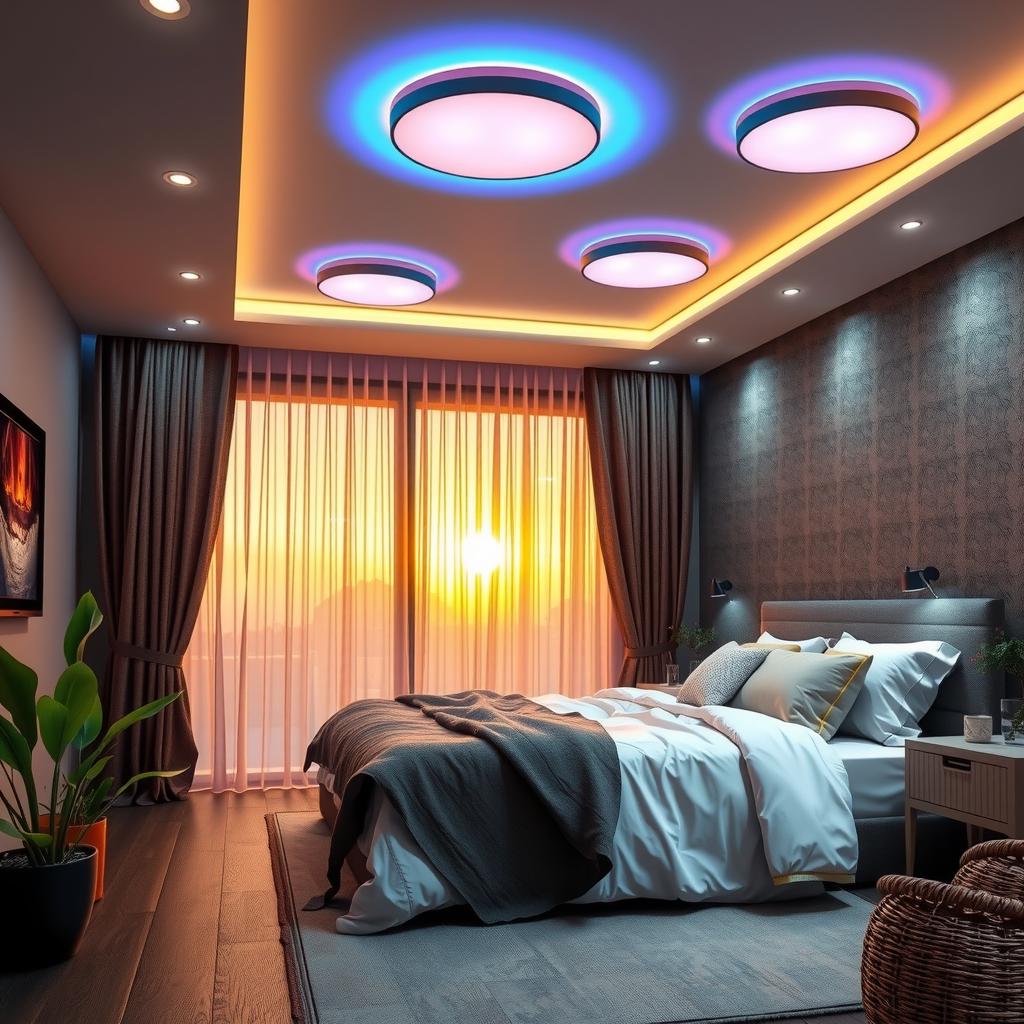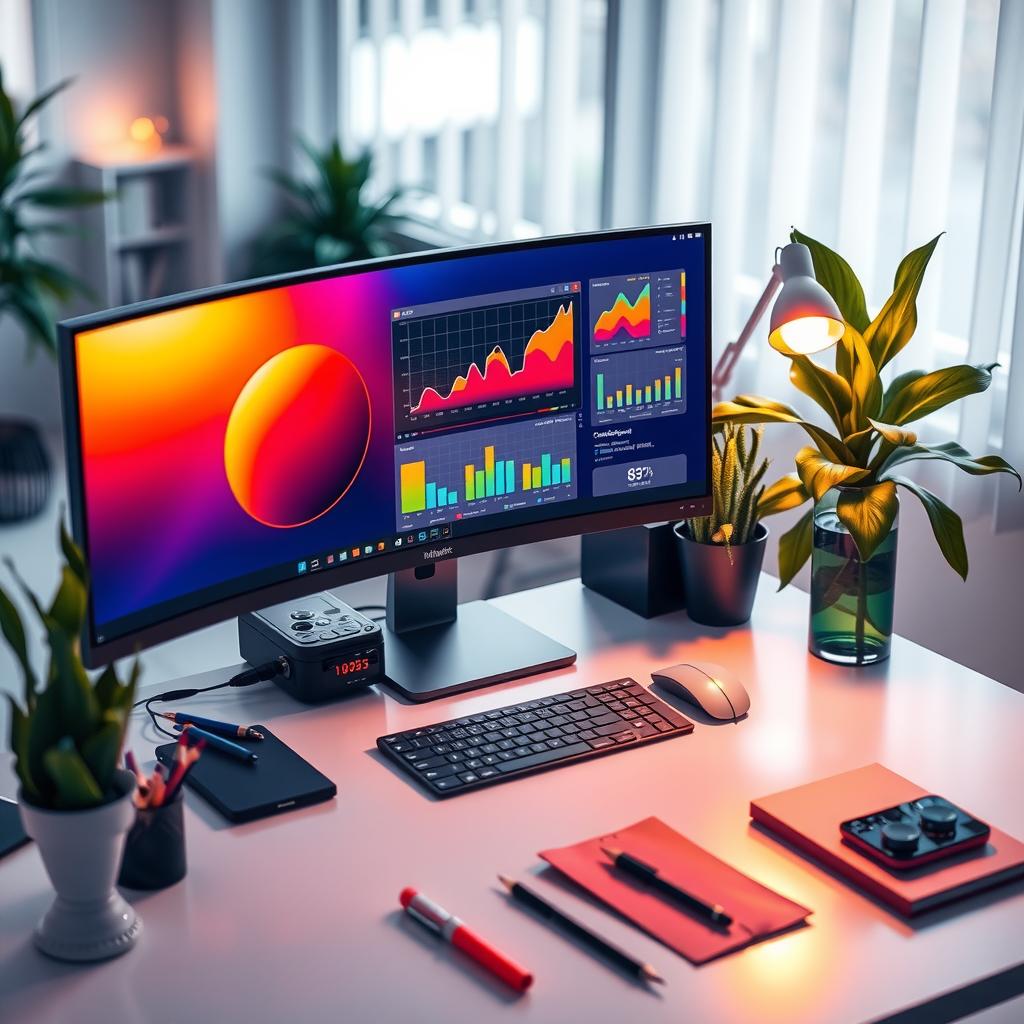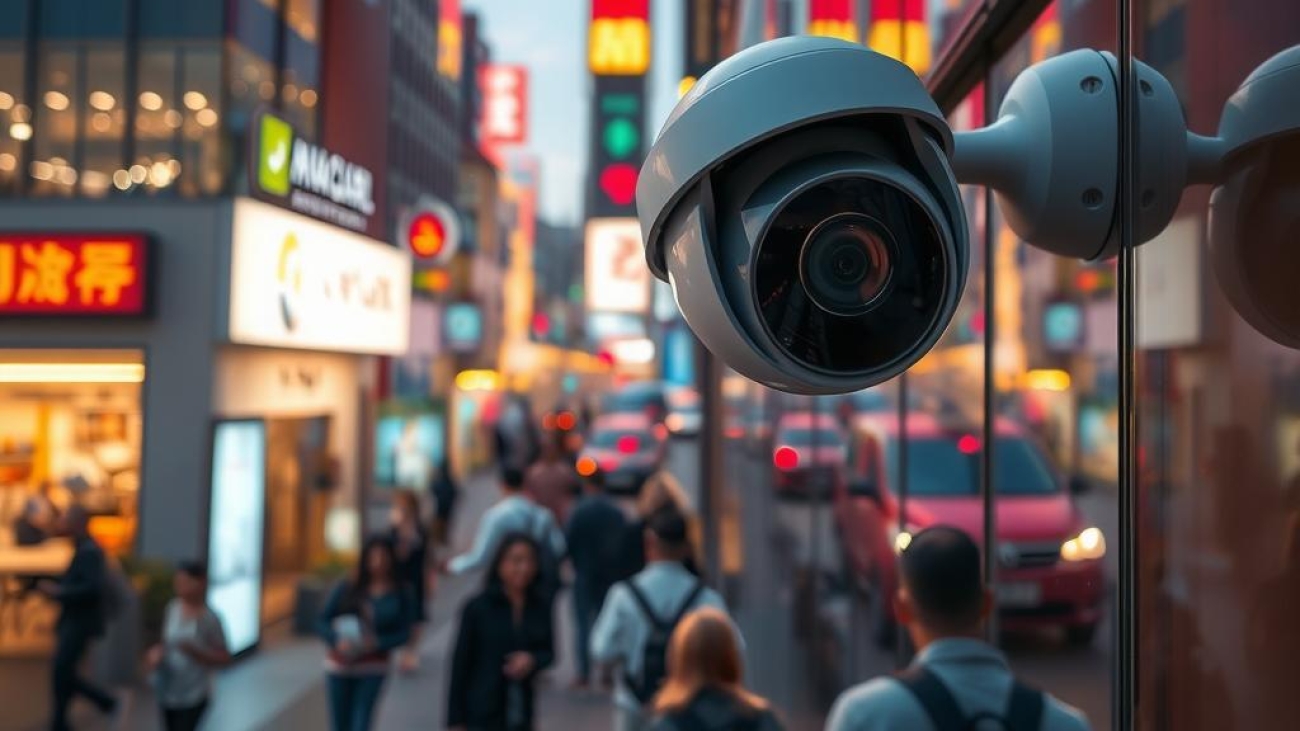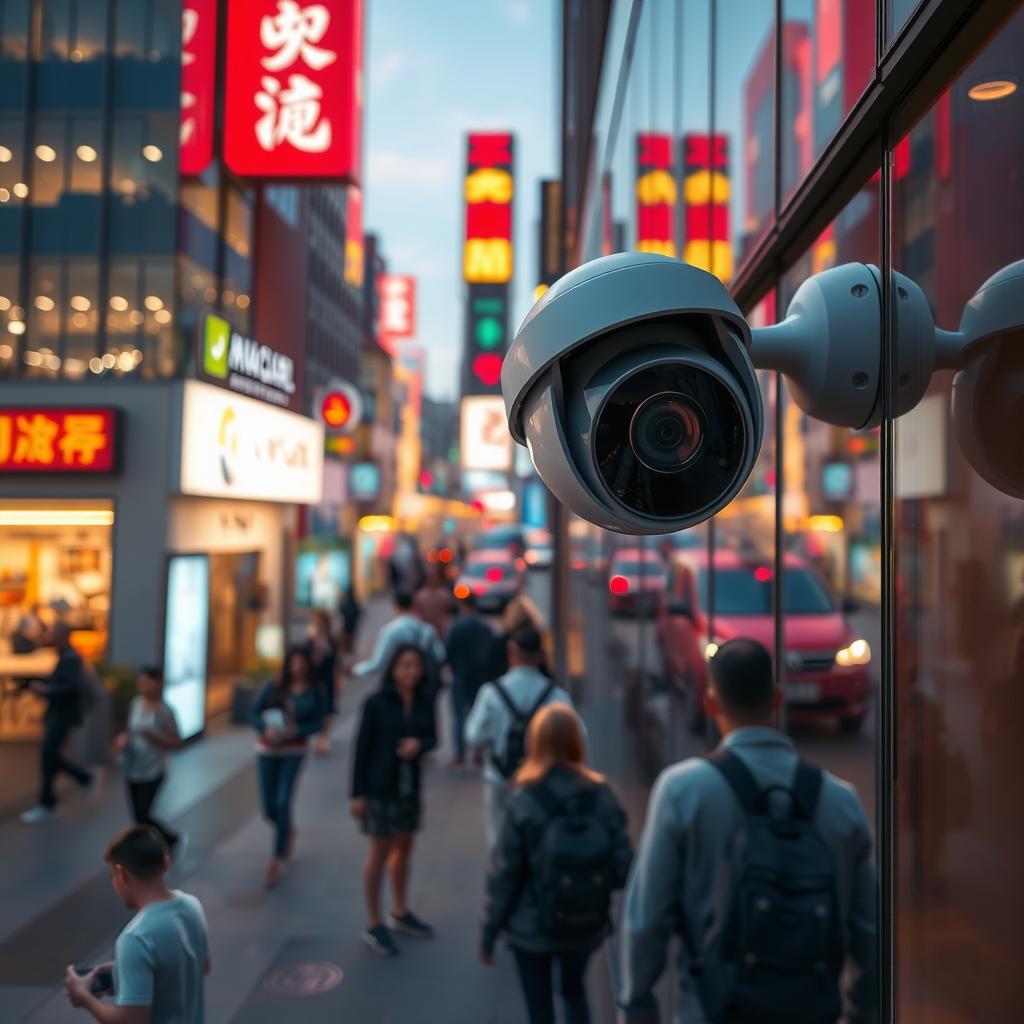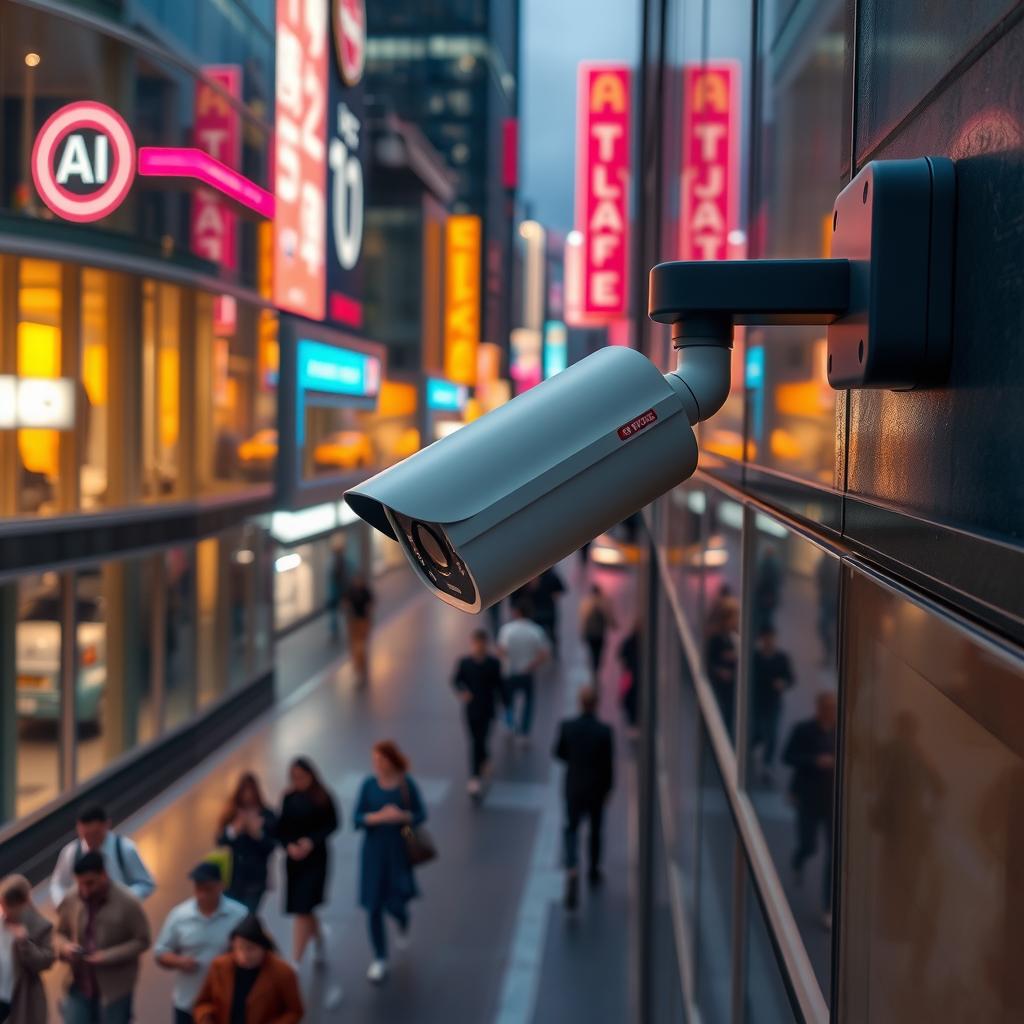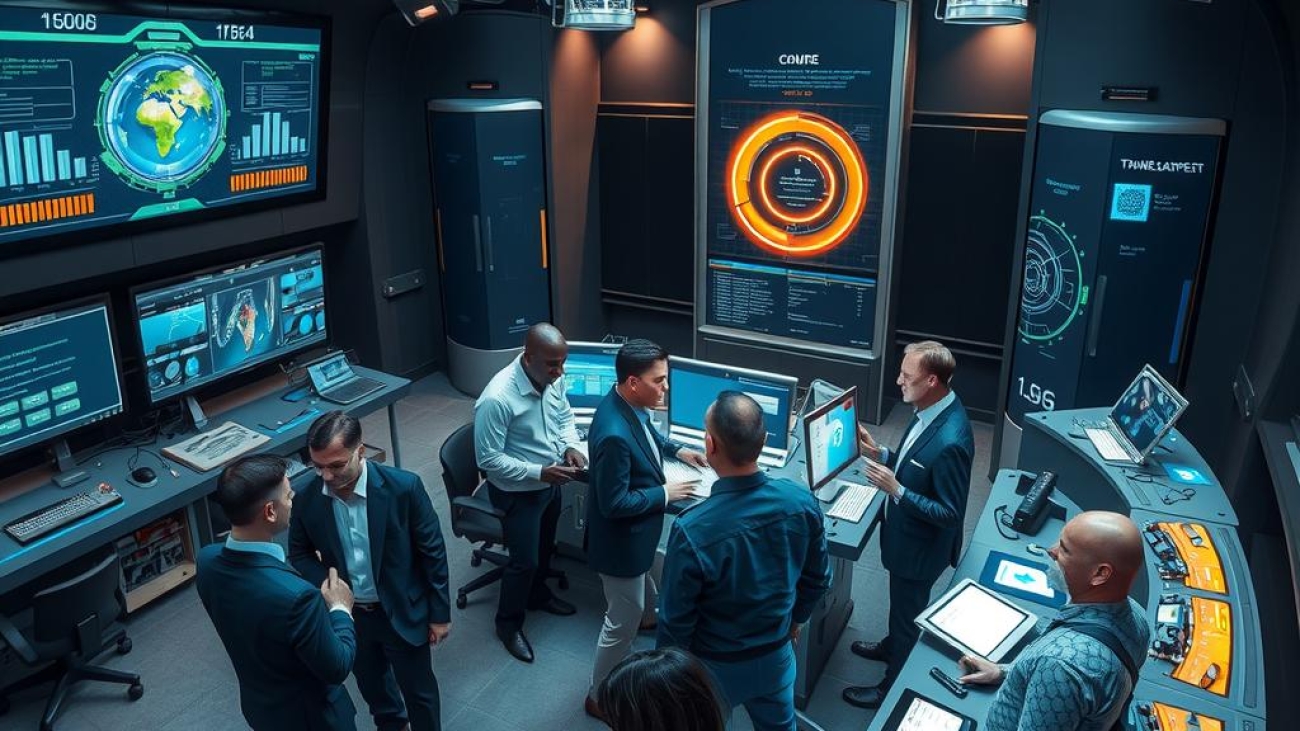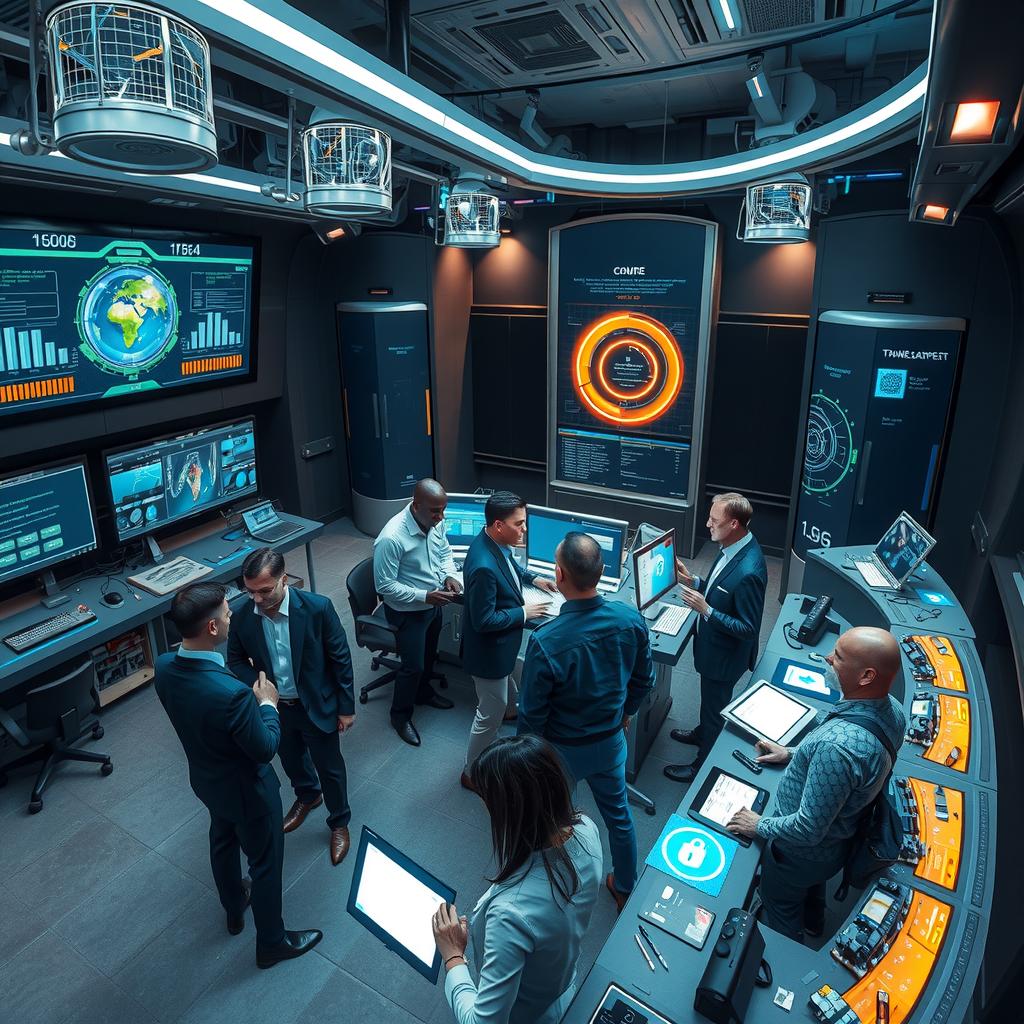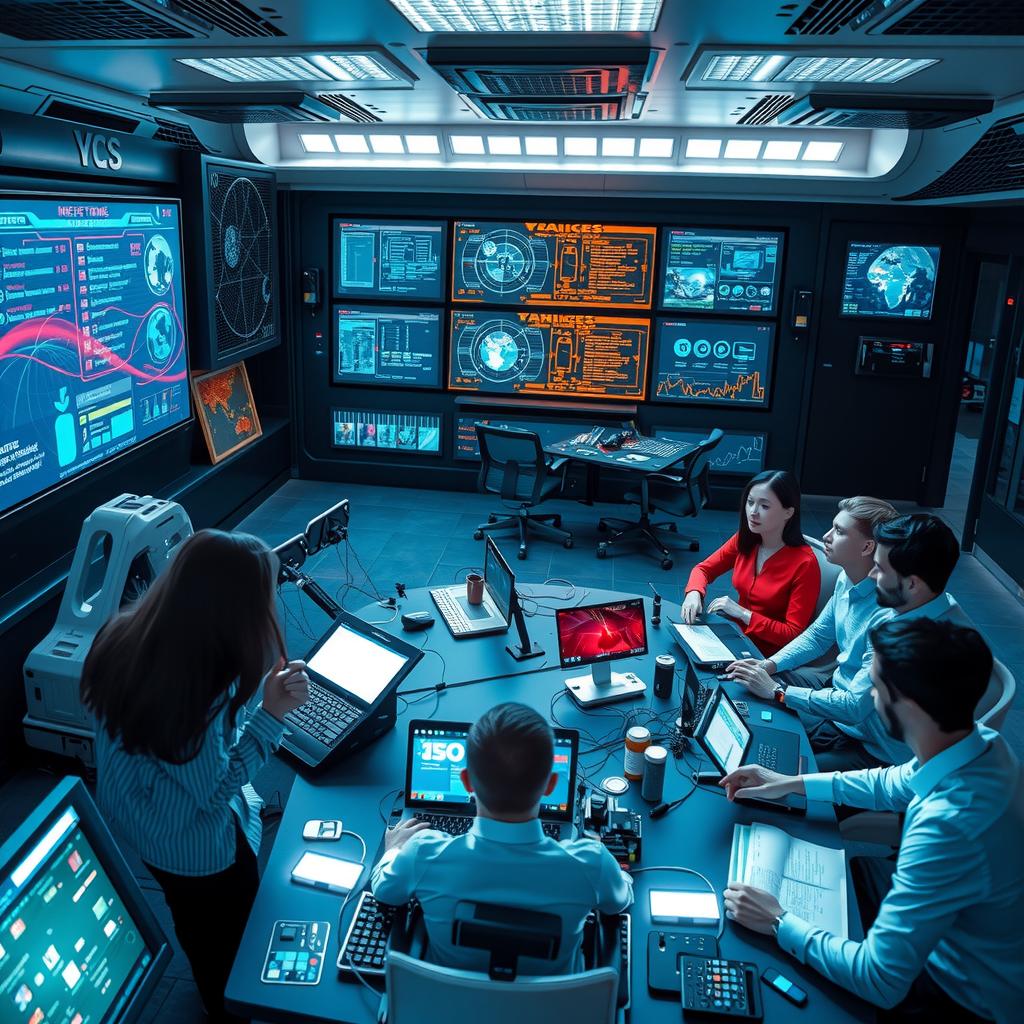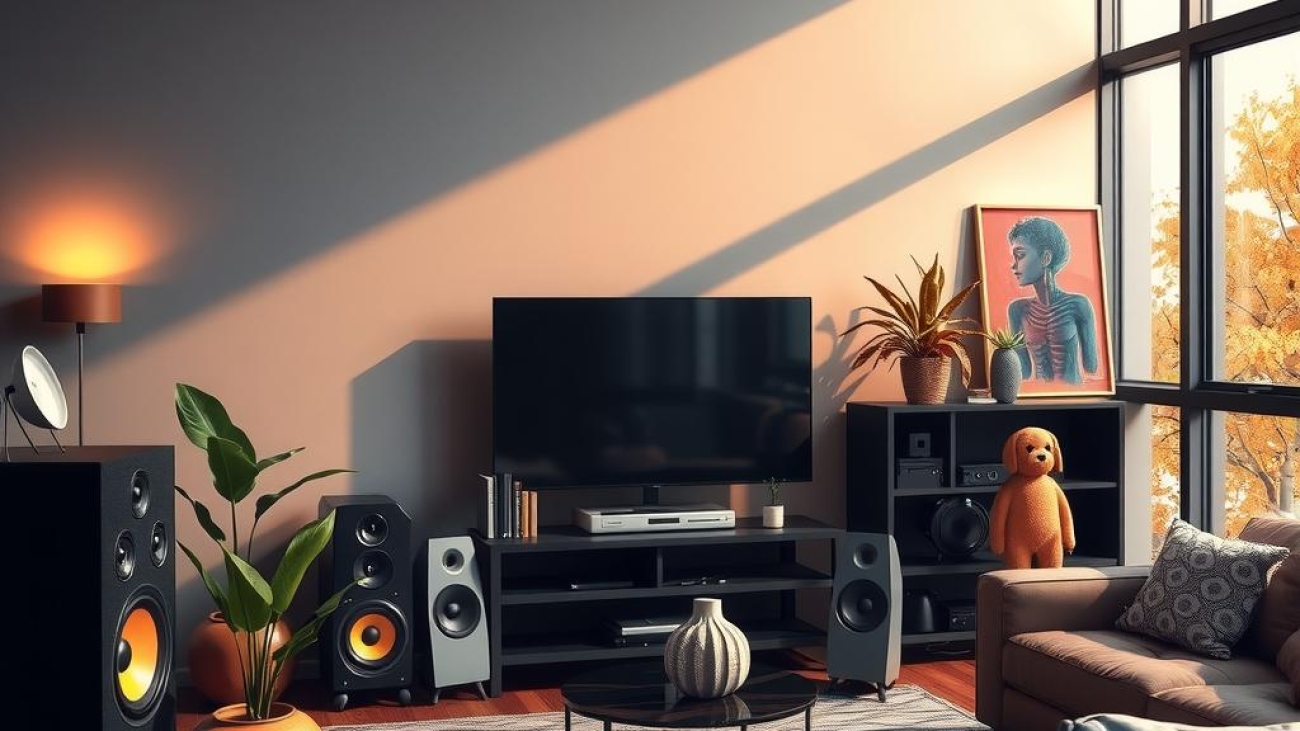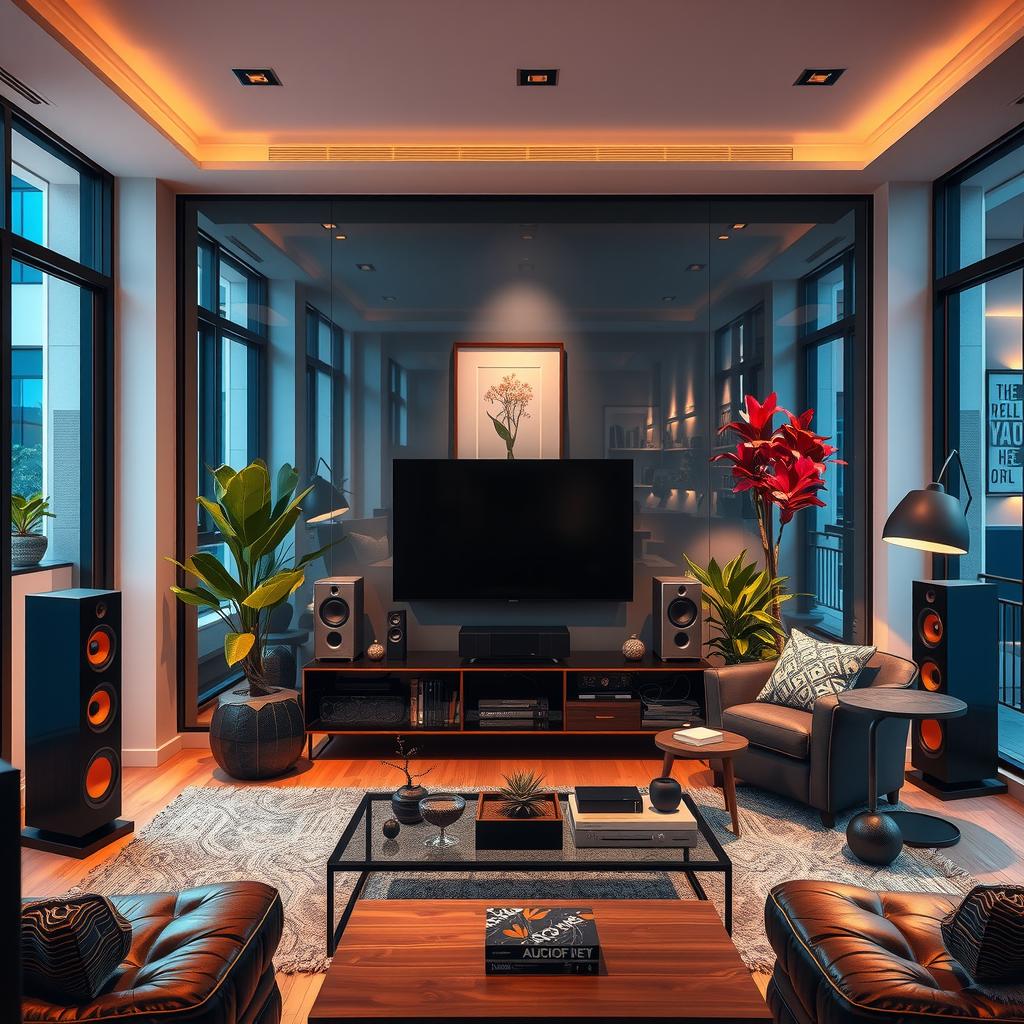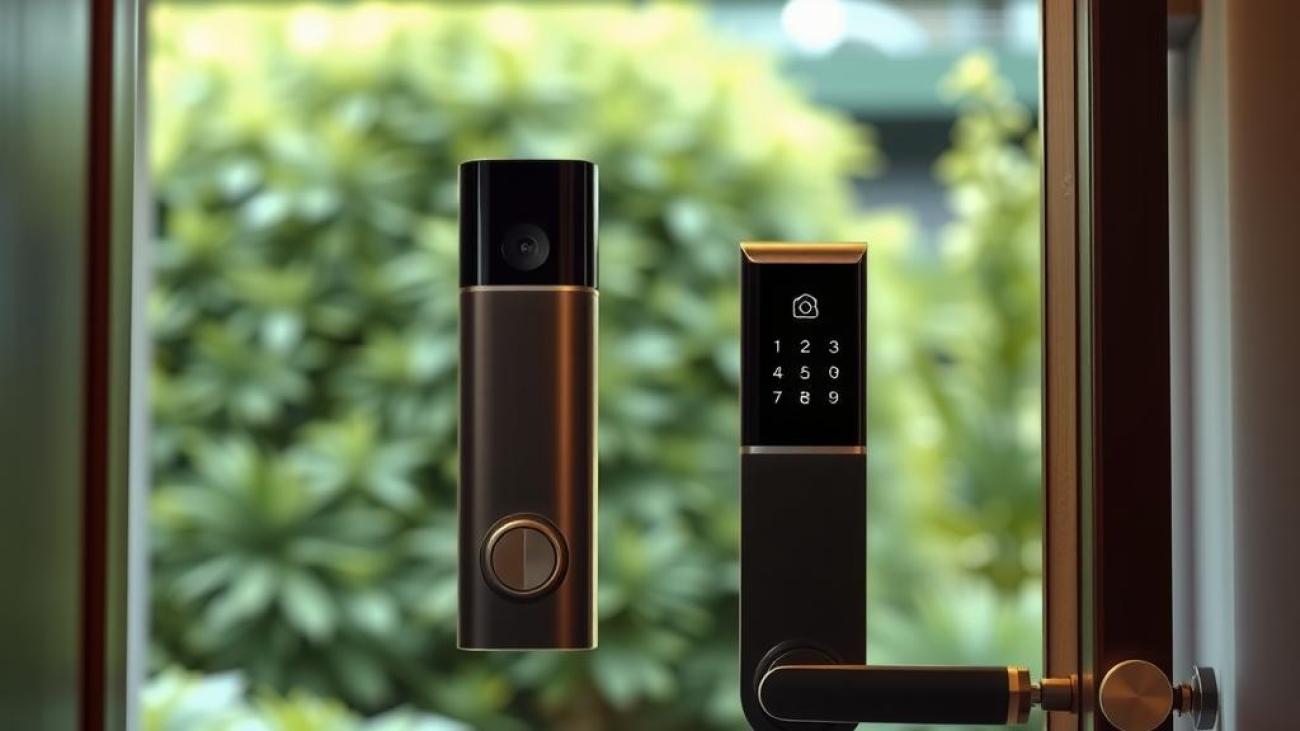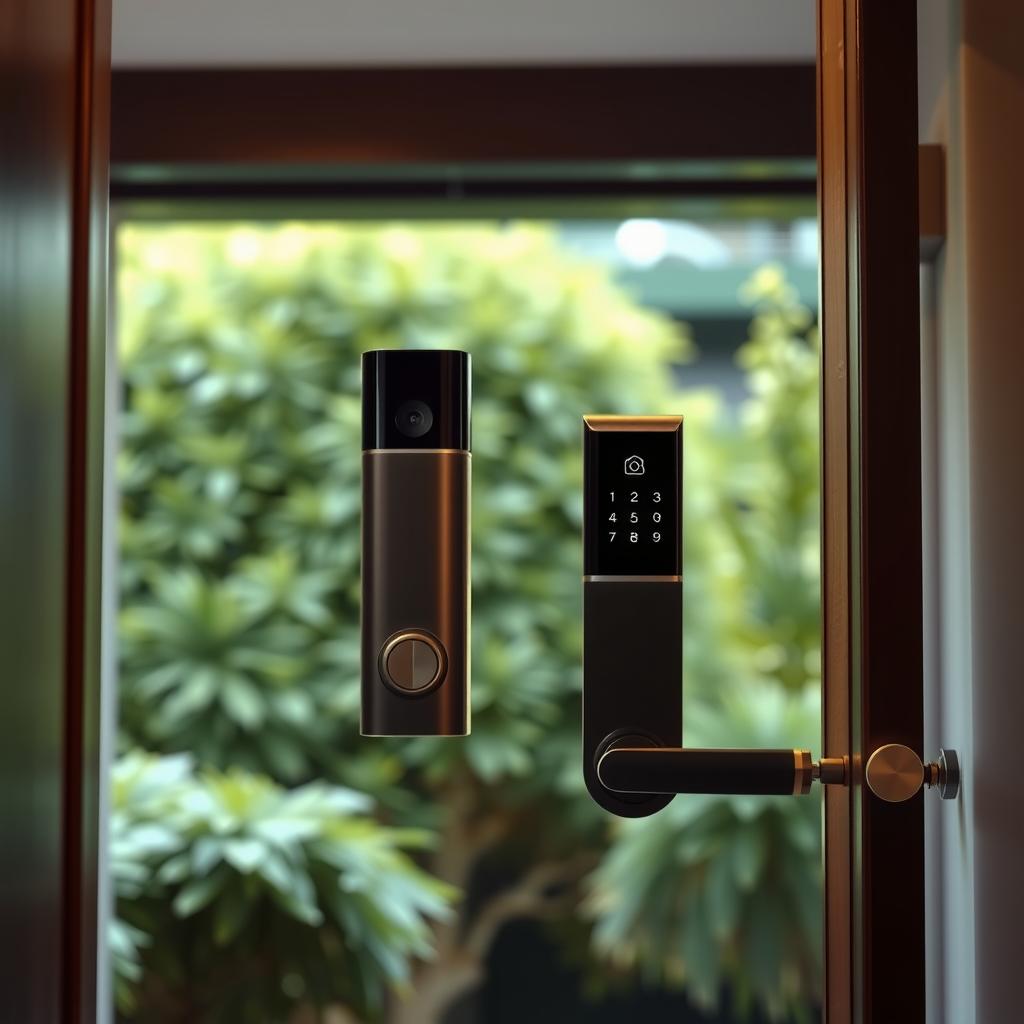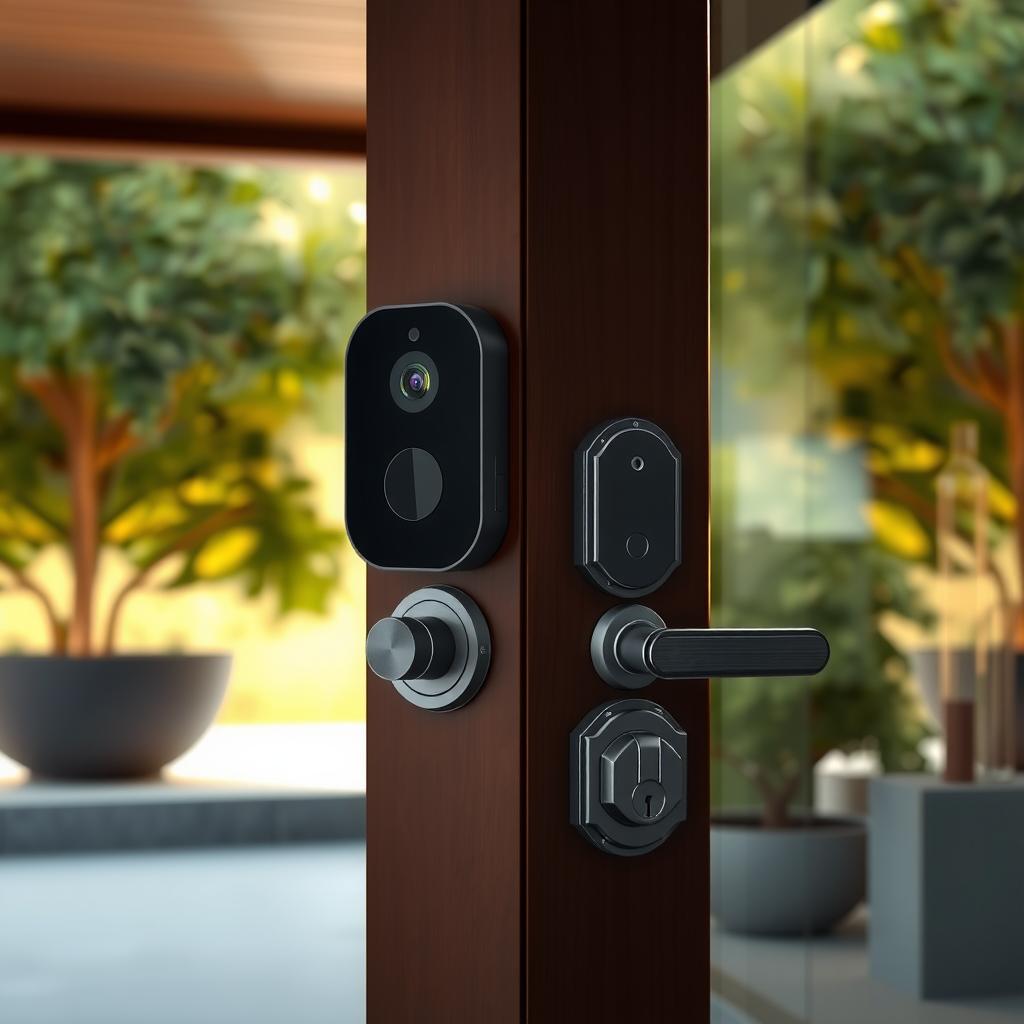In an era where data is often referred to as the new oil, the challenge of collecting it without infringing on individual privacy has never been more pressing. As organizations strive to harness valuable insights from vast datasets, they face a growing demand for privacy preservation measures that protect sensitive information. The reality is that traditional methods of data collection frequently clash with the principles of data privacy, leading to increased scrutiny from regulators and consumers alike. This tension raises important questions: How can businesses effectively gather data while respecting user consent? What are some innovative yet ethical approaches to ensure secure data methods?
The significance of this issue extends beyond compliance; it’s about building trust and fostering transparency between entities and their users. In light of these concerns, exploring effective strategies for privacy protection becomes crucial not only for legal adherence but also for enhancing brand reputation. Those organizations that prioritize ethical data use will likely stand out in a crowded marketplace by demonstrating a commitment to safeguarding personal information.
This blog post delves into 38 comprehensive techniques designed specifically for privacy-preserving data collection methods. Whether through advanced encryption practices or anonymization techniques, each method serves as a potential solution addressing both organizational needs and consumer rights. By examining these strategies in detail, readers will gain insight into how modern technologies can facilitate responsible data handling while simultaneously driving business objectives forward.
As we navigate through this intricate landscape of privacy challenges and solutions, it’s essential to understand that achieving balance is not just possible but imperative for sustainable growth in today’s digital economy. Let’s explore how implementing thoughtful methodologies can empower businesses to collect necessary insights without compromising on ethics or user trust—ultimately unlocking the potential of responsibly managed data.
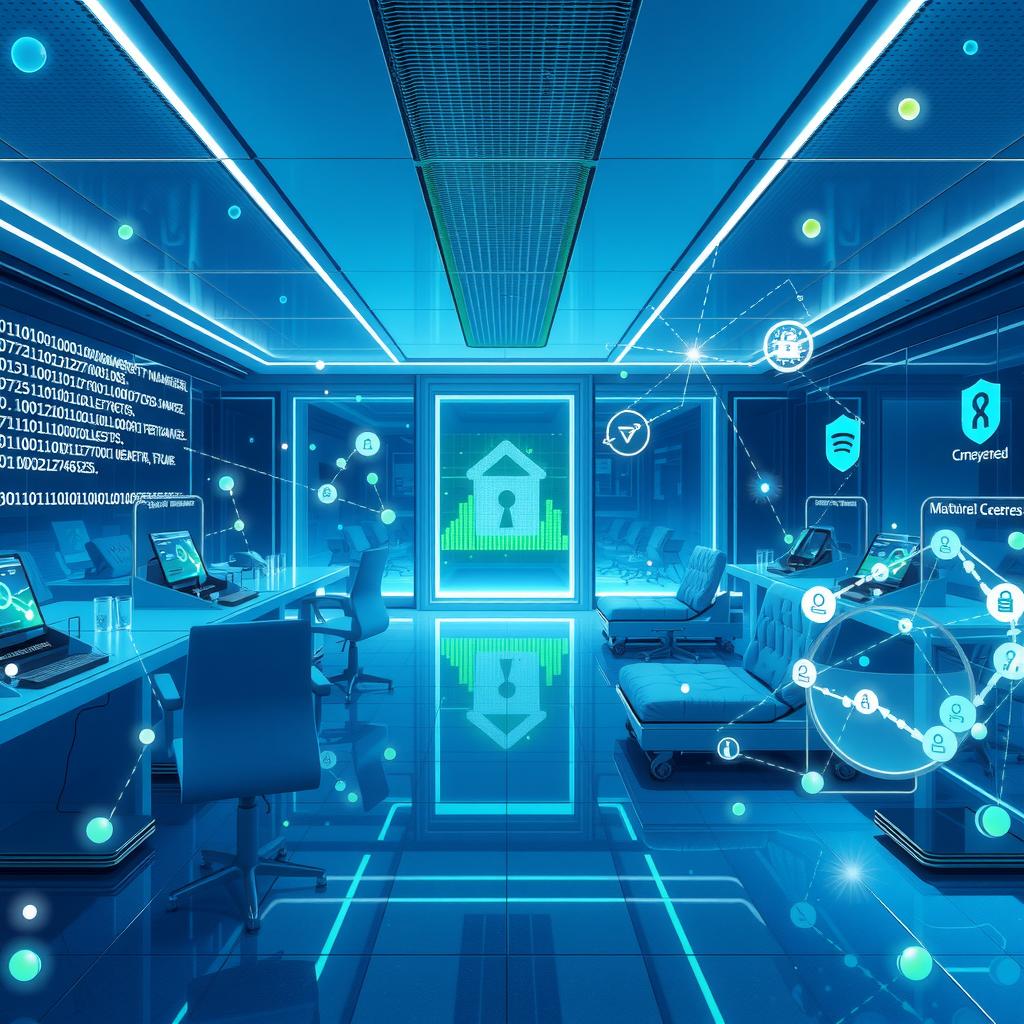
Key Insights:
-
Anonymization Techniques: Anonymization is a powerful tool in the realm of privacy preservation, enabling organizations to collect data without revealing personal identities. This method transforms sensitive information into non-identifiable forms, allowing for thorough analysis while protecting individual privacy. By implementing robust anonymization strategies, businesses can ensure that even when insights are drawn from datasets, the risk of exposing sensitive information remains minimal. This approach not only enhances data privacy but also aligns with ethical standards required for responsible data handling.
-
Differential Privacy Framework: The concept of differential privacy introduces a sophisticated layer to traditional data collection methods by incorporating mathematical noise into datasets. This technique ensures that the inclusion or exclusion of any single individual’s data does not significantly impact the overall outcome of analyses conducted on larger populations. Organizations adopting this framework demonstrate their commitment to privacy protection, as it allows them to extract valuable insights while maintaining compliance with stringent regulations surrounding user consent and personal information security.
-
Federated Learning Models: Federated learning represents an innovative shift in how businesses approach data gathering by decentralizing model training across multiple devices rather than relying solely on centralized databases. In this model, user devices collaboratively learn from decentralized datasets without transmitting raw sensitive information. As a result, companies benefit from aggregated insights without compromising individual privacy rights or eroding trust among users. By utilizing federated learning techniques, organizations can effectively balance operational goals with their responsibility towards ethical data use and strong data protection measures.
These transformative approaches highlight how effective strategies in secure data methods enable organizations to navigate modern challenges associated with digital interactions responsibly while fostering long-term relationships built on transparency and respect for individuals’ rights.
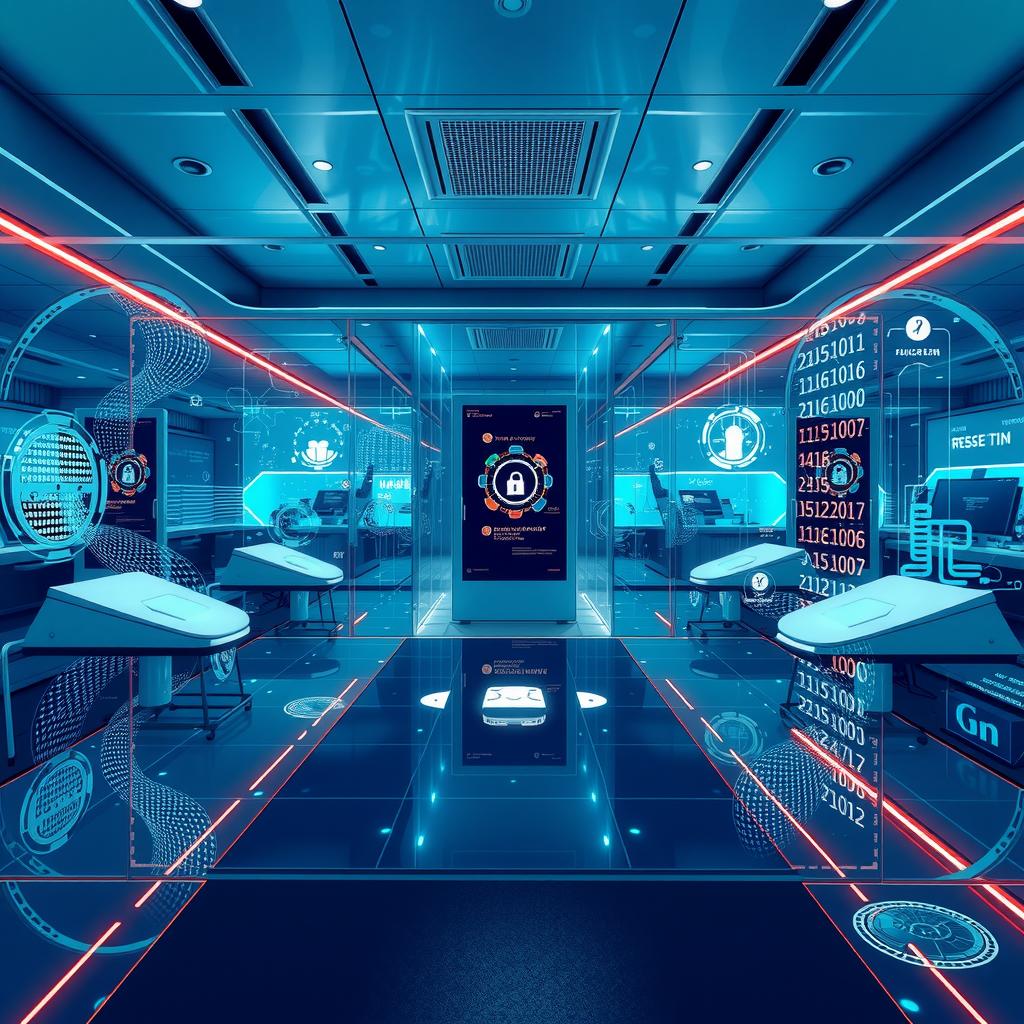
Innovative Techniques for Privacy-Preserving Data Collection
The Imperative of Protecting User Information
In an increasingly data-driven world, the significance of privacy preservation in data collection cannot be overstated. As organizations strive to harness insights from vast amounts of information, there emerges a pressing need to ensure that individual privacy remains paramount. This essential balance between gathering actionable intelligence and safeguarding user data underscores the importance of employing secure data methods that respect user consent while effectively managing sensitive information. With rising concerns about potential misuse and breaches, adopting innovative techniques for privacy protection is not just a regulatory necessity but also a moral obligation for businesses seeking to maintain trust with their users.
The contemporary landscape demands rigorous strategies to uphold data privacy. Techniques like differential privacy allow organizations to extract valuable patterns without compromising personal identifiers, thus ensuring that aggregated insights do not trace back to specific individuals. Furthermore, federated learning emerges as another promising approach, enabling machine learning models to train across decentralized devices without exposing raw data. By prioritizing ethical data use through such methodologies, companies can provide assurances that they are committed not only to compliance but also to fostering an environment where user rights are respected.
Moreover, transparency plays a crucial role in this context; informing users about how their information will be used empowers them and enhances their willingness to share relevant data. Clear communication regarding the purpose of data collection and its implications helps cultivate trust between organizations and users. Additionally, incorporating robust security measures—such as encryption—into the architecture of systems handling sensitive details reinforces confidence in these processes.
As regulations evolve globally with increasing emphasis on consumer rights—exemplified by frameworks like GDPR or CCPA—the imperative for businesses is clear: invest in technologies and practices designed around privacy preservation. Organizations must navigate this complex terrain by embracing solutions that blend innovation with integrity while remaining attuned to public sentiment regarding personal information management.
Ultimately, the journey towards effective privacy protection necessitates ongoing education about emerging threats and responsive strategies tailored specifically for evolving challenges within digital ecosystems. Innovation should always align with principles centered on respecting individual freedoms; hence every step taken toward enhancing user safety reflects broader societal values surrounding confidentiality in our interconnected world. In conclusion, understanding these dynamics is vital—not merely for compliance but as part of building sustainable relationships founded upon mutual respect between entities collecting data and those whose lives it impacts directly.
Understanding Emerging Methods: Balancing Data Utility and Privacy Protection
Techniques for Enhancing Data Integrity While Protecting Identities
As the digital landscape evolves, the demand for privacy protection has intensified, prompting researchers and organizations to explore innovative approaches that effectively balance data utility with individual privacy. Among these techniques, anonymization, differential privacy, and federated learning stand out as promising solutions. Anonymization involves removing personally identifiable information from datasets, ensuring that individuals cannot be easily identified within a dataset while still allowing valuable insights to be derived from the data itself. This method is crucial in sectors like healthcare and finance where sensitive information must remain confidential yet usable for analysis.
Meanwhile, differential privacy offers a more sophisticated approach by adding randomness to query results of databases containing personal information. By introducing this layer of uncertainty, it ensures that an individual’s participation in the data collection process remains private even when aggregate data is shared or analyzed. This technique not only fortifies user consent but also bolsters trust between entities collecting data and their users—essentially forming an ethical framework around data collection practices.
Additionally, federated learning represents a groundbreaking paradigm shift wherein machine learning models are trained across decentralized devices holding local data samples without needing to exchange them directly. This method enhances security by keeping sensitive information on users’ devices while still enabling robust model training processes that respect user privacy preferences. As organizations increasingly prioritize ethical data use alongside compliance with stringent regulations concerning sensitive information, these emerging methods provide tools necessary for maintaining both integrity in analysis and respect for individual identities.
In conclusion, understanding these evolving methodologies underscores their significance in today’s interconnected world filled with complex challenges related to data privacy. By leveraging techniques such as anonymization, differential privacy, and federated learning—not only can organizations enhance their analytical capabilities—but they also foster greater public confidence through responsible handling of personal details amid extensive data collection efforts. The commitment to prioritizing effective yet secure means of managing user consent will ultimately shape the future landscape of digital interactions where both innovation thrives and individuals’ rights are respected.
Establishing Ethical Foundations in Data Practices
The Importance of Trust in the Digital Age
In today’s digital landscape, establishing a relationship built on trust is paramount for companies that handle user data. As users become increasingly aware of their privacy rights, businesses must adopt ethical data use principles to cultivate and maintain this trust. This entails implementing responsible data practices that not only comply with regulatory requirements but also prioritize the protection of sensitive information. Companies can begin by being transparent about their data collection methods and purposes, allowing users to understand what information is being gathered and how it will be utilized. By fostering an environment where users feel informed about their personal data, organizations can significantly enhance user consent processes, ensuring that individuals have control over what they share.
Furthermore, adopting secure data methods is crucial for safeguarding user information from potential breaches or unauthorized access. Organizations should invest in robust cybersecurity measures as well as regular audits to assess vulnerabilities within their systems. Such proactive steps not only protect sensitive information but also demonstrate a commitment to preserving privacy—an essential component in building long-lasting relationships with users. As regulatory frameworks evolve globally, including legislation like GDPR and CCPA, companies must stay abreast of these changes while integrating compliance into their operational strategies seamlessly.
Fostering User Education on Data Privacy
Empowering Users Through Knowledge
Empowering users through education about data privacy plays a critical role in enhancing mutual trust between companies and consumers. Many individuals lack comprehensive knowledge regarding how their personal information is collected and used online; thus, businesses have an opportunity—and responsibility—to provide clear resources explaining these processes transparently. For example, creating easily accessible guides or informative content helps demystify complex topics surrounding data collection practices while elucidating the importance of obtaining explicit user consent prior to utilizing any personally identifiable information (PII).
Moreover, engaging users through interactive platforms—such as webinars or Q&A sessions—can facilitate dialogue around ethical data use and reinforce the idea that consumer feedback genuinely matters when it comes to shaping policies related to privacy protection measures within an organization’s framework. Additionally, sharing real-life scenarios involving ethical dilemmas faced by companies can spark discussions among audiences about expectations regarding responsible handling of private details entrusted by clients.
By prioritizing educational outreach efforts concerning privacy preservation techniques employed by organizations alongside encouraging active participation from consumers themselves regarding policy development discussions fosters greater transparency overall—a foundational pillar necessary for cultivating enduring partnerships grounded upon mutual respect.
Implementing Continuous Improvement Strategies
Adapting Practices Through Feedback Loops
The journey toward maintaining user trust does not end once initial ethical standards are established; instead, continuous improvement strategies play an integral role in demonstrating unwavering dedication towards effective management of customer relationships centered around respectful interactions with personal datasets shared willingly by individuals engaging with brands digitally today across various industries alike worldwide today too! Regularly soliciting feedback from customers allows organizations insights into areas requiring enhancement based upon experiences encountered during transactions involving handling pertinent details exchanged throughout engagements undertaken collaboratively together proactively seeking solutions addressing identified concerns raised promptly thereafter ensures ongoing satisfaction felt mutually beneficial derived resulting positive outcomes achieved collectively over time continuously moving forward onward continually improving day after day!
Additionally embracing innovative technologies such as machine learning algorithms analyzing trends emerging indicates growing shifts preferences observed amongst clientele enables faster adaptation methodologies adopted yielding favorable results redefining approaches taken towards fulfilling commitments made earlier leading ultimately achieving desired goals set forth initially outlined explicitly communicated beforehand reinforcing belief solidifying confidence held behind partnership agreements formed long-lasting alliances forged bridging gaps existing previously unheard voices finally acknowledged respected valued equally deserving attention granted recognition deserved reciprocated back-and-forth exchanges resulting harmonious coexistence cultivated richly rewarding endeavors pursued tirelessly striving betterment consistently realized together forever evolving adapting dynamically responding ever-changing landscapes encountered ahead always looking forward optimistic futures await bright possibilities limitless horizons awaiting explore embrace fully wholeheartedly!
Innovative Techniques for Privacy-Preserving Data Collection: Safeguarding User Information While Gathering Insights
In an era where data breaches and privacy scandals are prevalent, organizations face the pressing challenge of collecting essential information without compromising individual privacy. Privacy preservation has become a cornerstone of ethical practices, leading to the exploration of innovative data collection methods that prioritize both functionality and security. By adopting these techniques, businesses can gather valuable insights while adhering to strict data privacy standards.
One promising approach is anonymization, which involves removing personally identifiable information from datasets before analysis. This technique ensures that individuals cannot be easily re-identified from the data collected, thus enhancing privacy protection. For instance, organizations can leverage tools that automate the process of anonymizing sensitive information while still allowing for meaningful insights derived from aggregated data patterns. Incorporating such secure data methods not only mitigates risks associated with potential leaks but also fosters user trust by demonstrating a commitment to responsible handling of personal information.
Another groundbreaking technique is differential privacy—a method designed to provide means to maximize accuracy in queries about a dataset while minimizing the chances of identifying its individual members. By adding randomness into datasets or responses given by users during surveys or interactions, companies can ensure that their findings will not compromise any user’s identity even when analyzed at scale. This sophisticated level of privacy preservation allows organizations to collect vast amounts of data while maintaining compliance with regulations focused on safeguarding user consent and sensitive information.
Additionally, federated learning represents a transformative shift in how machine learning models are trained on decentralized devices rather than central servers containing raw data inputs. In this model, algorithms learn directly from user devices—ensuring that only model updates are shared rather than actual datasets containing personal identifiers—thus significantly reducing exposure risks associated with traditional centralized approaches. Employing federated learning aligns perfectly with ethical principles surrounding ethical data use, as it empowers users by keeping their private information securely on their own devices.
By understanding these emerging techniques emphasizing robust measures for privacy protection alongside operational goals, organizations can cultivate long-lasting relationships built on transparency and respect for individuals’ rights—invaluable traits in today’s interconnected landscape.
FAQs:
Q: What is anonymization?
A: Anonymization is a technique used in data collection, which involves stripping personally identifiable information from datasets so individuals cannot be readily re-identified.
Q: How does differential privacy work?
A: Differential privacy works by introducing randomness into query results or user responses during interactions; this ensures accurate conclusions without revealing specific identities within the dataset being analyzed.
Q: What is federated learning?
A: Federated learning is an innovative method where machine learning models are trained across multiple decentralized devices instead of relying on centralized servers; it keeps raw user data locally stored and reduces exposure risk significantly.
